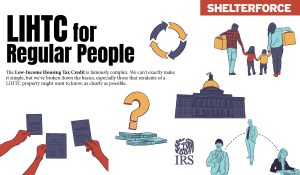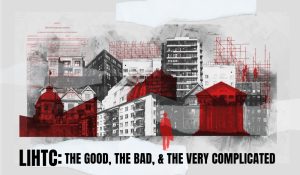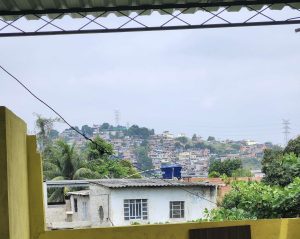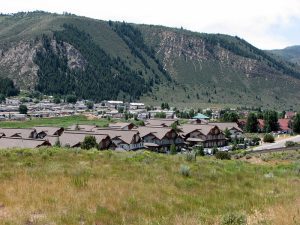
Topic
Housing
Housing matters. A stable, quality, affordable home is a foundation for so many other parts of life. How do we bring it in reach for everyone?
The Latest

Tribal-Sponsored Development Offers Housing and More in Minneapolis
A hub for health care, social services, and community, the Mino-Bimaadiziwin apartments meet the unique needs of urban Native Americans while enriching the surrounding community.
Explore Articles in this Topic
Search & Filter Within this Topic
filter by Content Type
filter by Date Range
search by Keyword

How Tenant Activists Won Protections Against Mid-Lease Rent Hikes in Affordable Housing
Last year, we reported on tenants in Northern Virginia LIHTC properties whose rents were raised in the middle of their leases. Here’s how other states have banned the practice.

LIHTC Right of First Refusal Is Still Under Attack
Three years after our initial story, aggressive investors are still suing LIHTC general partners to profit off of what should be affordable housing. But one legal decision, along with proposed legislation, could help protect the right of first refusal.

LIHTC for Regular People
The Low-Income Housing Tax Credit is famously complex. We can’t exactly make it simple, but we’ve broken down the basics, especially those that residents of a LIHTC property might want to know, as clearly as possible.

How to Reform the Low-Income Housing Tax Credit Program
Housing and policy experts agree that LIHTC has successfully increased the supply of affordable housing. But they also believe there’s room for improvement.

Can Residents Get More Out of Tax Credit Housing?
Arrangements in which LIHTC tenants share in the development’s financial benefits, or become partial or full owners, are rare—but some properties have pulled them off. This scan of several examples shows the possibilities—and the conditions needed for them to succeed.

Memphis Is Shrinking. Here’s Why We Need to Change That
Memphis is struggling with a dwindling population, driven in part by a high crime rate and disinvestment in low-income areas of the city. What are local organizations doing to turn this around?

How Are LIHTC Rules Enforced—And How Well?
LIHTC developers must follow strict affordability rules—and fulfill other promises—for at least 30 years. While industry insiders insist compliance rates are high, tenant advocates say noncompliance is a real problem.

LIHTC: How It Started, How It’s Going
The Low-Income Housing Tax Credit was created in a moment when other real estate tax preferences were going away—but at the time, no one expected it to grow into the main source of affordable housing finance in the country.

Meet Me at the Intersection of Housing, with Guest Dawn Kelly
Dawn Kelly, founder of the New York-based healthy food and beverage restaurant The Nourish Spot, chats with Shelterforce’s Schlonn Hawkins about the connection between entrepreneurship, housing, building communities, and more.

How Organizers in Rio’s Favelas Are Harnessing Solar Energy
Neighborhoods on the outskirts of Rio de Janeiro face a multitude of challenges, including social and racial inequity, and a lack of public services. This organization is hoping to prove that solar energy can benefit neighborhoods, lower electric bills, and provide jobs.

Western States Look to These Lands for New Affordable Housing
In several western states, state-owned trust lands were created to support schools and other community benefits.

Cellphones Are a Lifeline for Unhoused People—But Barriers Abound
A lack of internet access and charging stations makes it challenging for unhoused folks to maintain a working cellphone, posing a threat to their safety and ability to follow up with service providers or connect with employers.
